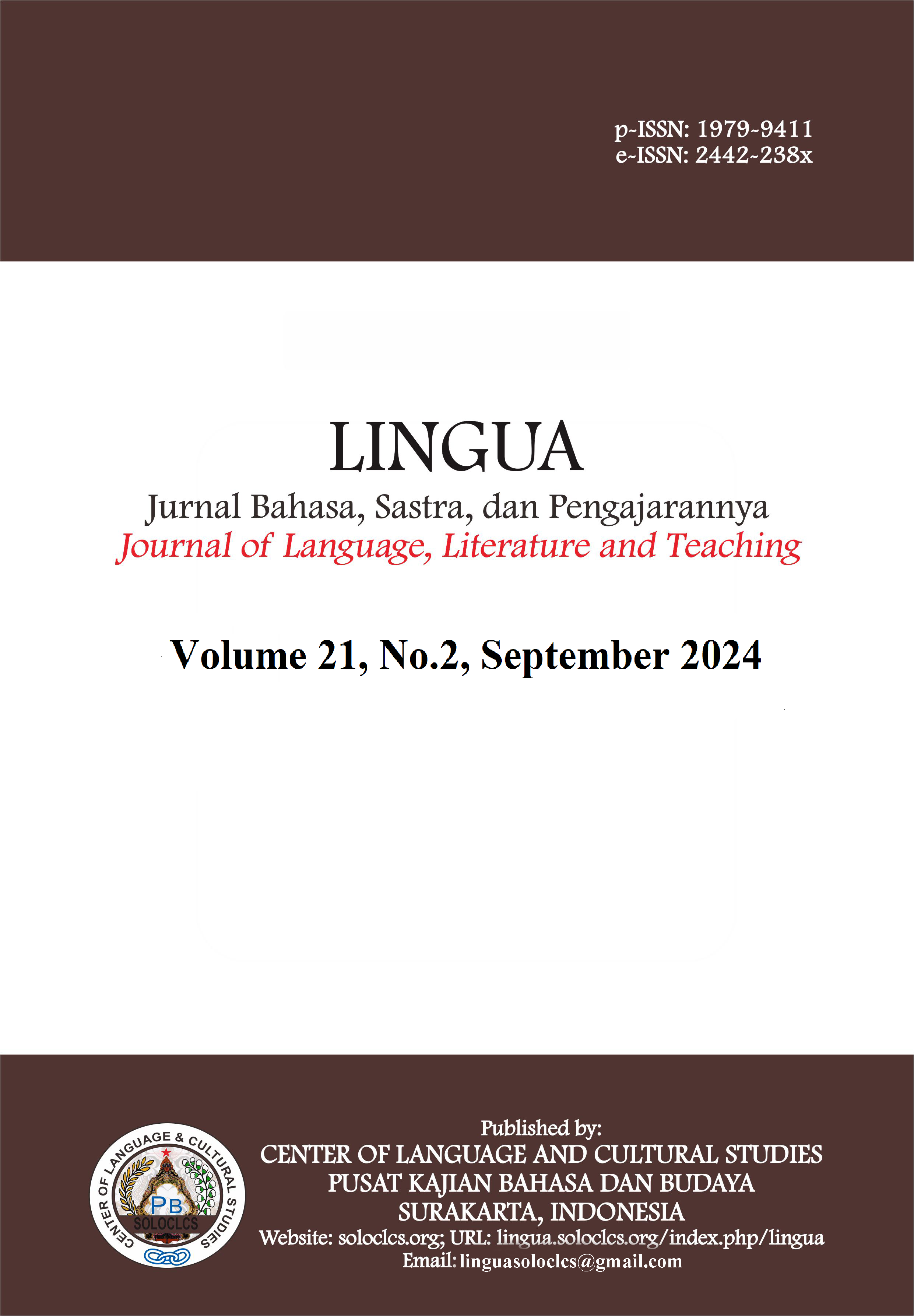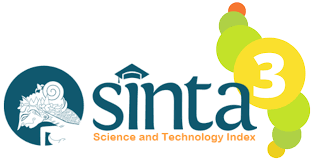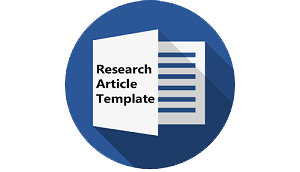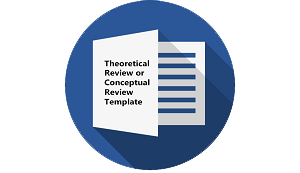The Research on Technology in Arabic Language Learning: A Bibliometric Analysis (1993-2024)
DOI:
https://doi.org/10.30957/lingua.v21i2.1045Keywords:
Arabic Language Learning, Bibliometric Analysis, Technology, Scopus DatabaseAbstract
This study aims to analyze research trends related to the use of technology in Arabic language learning from 1993 to 2024 using bibliometric analysis methods. The research data was obtained from the Scopus database, and through data processing, the authors identified 100 relevant publications. The bibliometric analysis revealed that 2023 had the highest number of publications, with 21 articles related to the use of technology in Arabic language learning. Furthermore, a significant citation trend associated with this topic occurred in 2022, with a total of 135 citations in scientific literature. Regarding the origin of the research, Malaysia emerged as the leading contributor with 24 related publications, while Saudi Arabia stood out as the country with the most significant international collaboration, with 23 collaborative links with other countries. Of all the journals that published this research, 26 were classified as Q1 journals, indicating a high level of relevance and impact of this research in the scientific literature. A deeper analysis revealed that the focus of research related to the use of technology in Arabic language learning encompasses four main aspects: 1) Deep Learning and e-learning; 2) Speech recognition; 3) Learning systems and machine learning; 4) Natural language processing. This study provides a comprehensive insight into the research trends and developments in the use of technology in the context of Arabic language learning over the past two decades.
Downloads
References
Ahmed, A., Ali, N., Alzubaidi, M., Zaghouani, W., Abd-alrazaq, A. A., & Househ, M. (2022). Freely Available Arabic Corpora: A Scoping Review. Computer Methods and Programs in Biomedicine Update, 2(October 2021), 100049. https://doi.org/10.1016/j.cmpbup.2022.100049
Al-Anzi, F. S. (2022). Improved Noise-Resilient Isolated Words Speech Recognition Using Piecewise Diferentiation. Fractals, 30(8). https://doi.org/10.1142/S0218348X22402277
Alhassun, A. S., & Rassam, M. A. (2022). A Combined Text-Based and Metadata-Based Deep-Learning Framework for the Detection of Spam Accounts on the Social Media Platform Twitter. Processes, 10(3). https://doi.org/10.3390/pr10030439
Asbulah, L. H., Sahrim, M., Soad, N. F. A. M., Rushdi, N. A. A. M., & Deris, M. A. H. M. (2022). Teachers’ Attitudes Towards the Use of Augmented Reality Technology in Teaching Arabic in Primary School Malaysia. International Journal of Advanced Computer Science and Applications, 13(10), 465–474. https://doi.org/10.14569/IJACSA.2022.0131055
Astuti, W. (2018). Pemanfaatan media berbasis e-learning dalam pembelajaran bahasa arab. Ihtimam, 1(2), 121–136.
Bilquise, G., Ibrahim, S., & Shaalan, K. (2022). Bilingual AI-Driven Chatbot for Academic Advising. International Journal of Advanced Computer Science and Applications, 13(8), 50–57. https://doi.org/10.14569/IJACSA.2022.0130808
Duwairi, R. M., & Halloush, Z. A. (2022). Automatic recognition of Arabic alphabets sign language using deep learning. International Journal of Electrical and Computer Engineering, 12(3), 2996–3004. https://doi.org/10.11591/ijece.v12i3.pp2996-3004
Elnagar, A., Al-debsi, R., & Einea, O. (2019). Arabic text classification using deep learning models. Information Processing and Management, 57(1), 102121. https://doi.org/10.1016/j.ipm.2019.102121
Elsaid, A., Mohammed, A., Ibrahim, L. F., & Sakre, M. M. (2022). A Comprehensive Review of Arabic Text Summarization. IEEE Access, 10, 38012–38030. https://doi.org/10.1109/ACCESS.2022.3163292
Fouadi, H., Moubtahij, H. El, Lamtougui, H., & Yahyaouy, A. (2022). SENTIMENT ANALYSIS OF ARABIC COMMENTS USING MACHINE LEARNING AND DEEP LEARNING. Indian Journal of Computer Science and Engineering, June. https://doi.org/10.21817/indjcse/2022/v13i3/221303003
Ghani, M. T. A., Hamzah, M., Daud, W. A. A. W., & Romli, T. R. M. (2022). The Impact of Mobile Digital Game in Learning Arabic Language at Tertiary Level. Contemporary Educational Technology, 14(1). https://doi.org/10.30935/cedtech/11480
Jafri, R., Althbiti, S. M. M., Alattas, N. A. A., Albraiki, A. A. A., & Almuhawwis, S. H. A. (2022). Tac-Trace: A Tangible User Interface-Based Solution for Teaching Shape Concepts to Visually Impaired Children. IEEE Access, 10(October), 131153–131165. https://doi.org/10.1109/ACCESS.2022.3228455
Kaddoura, S., & Nassar, R. (2024). A comprehensive dataset for Arabic word sense disambiguation. Data in Brief, 55, 2–8. https://doi.org/10.1016/j.dib.2024.110591
Khoiriyah, H. (2020). Deskripsi Pengembangan Kurikulum Pembelajaran Bahasa Arab Di Malaysia. Al-Lisan: Jurnal Bahasa, 6(1), 96–115.
Khomsah, A. F., & Muassomah, M. (2021). PENERAPAN E-LEARNING DALAM PEMBELAJARAN BAHASA ARAB DI MASA PANDEMI. Tarbiyatuna: Jurnal Pendidikan Ilmiah, 6(1), 1–14.
Li, W., & Zhao, Y. (2015). Bibliometric analysis of global environmental assessment research in a 20-year period. Environmental Impact Assessment Review, 50, 158–166. https://doi.org/10.1016/j.eiar.2014.09.012
Masadeh, M., Davanager, H. J., & Muaad, A. Y. (2022). A Novel Machine Learning-based Framework for Detecting Religious Arabic Hatred Speech in Social Networks. International Journal of Advanced Computer Science and Applications, 13(9), 767–776. https://doi.org/10.14569/IJACSA.2022.0130991
Mayulu, H., Sawitri, E., Daru, T. P., Tricahyadinata, I., & Rorimpandey, B. (2022). Strategi Sukses Belajar Era Digital di Perguruan Tinggi. INOVASI: Jurnal Ekonomi, Keuangan Dan Manajemen, 18(4), 750–757.
Meddeb, O., Maraoui, M., & Zrigui, M. (2021). Personalized Smart Learning Recommendation System for Arabic Users in Smart Campus. International Journal of Web-Based Learning and Teaching Technologies, 16(6), 1–21. https://doi.org/10.4018/IJWLTT.20211101.oa9
Mohammed, S. H., & Kinyó, L. (2022). The cross-cultural validation of the technology-enhanced social constructivist learning environment questionnaire in the Iraqi Kurdistan Region. Research and Practice in Technology Enhanced Learning, 17(1). https://doi.org/10.1186/s41039-022-00199-7
Moher, D. (2009). Preferred reporting items for systematic reviews and meta-analyses: the PRISMA statement (Chinese edition). Journal of Chinese Integrative Medicine, 7(9), 889–896. https://doi.org/10.3736/jcim20090918
Nasution, N. S., & Lubis, L. (2023). Urgensi Pembelajaran Bahasa Arab dalam Pendidikan Islam. Jurnal Simki Pedagogia, 6(1), 181–191. https://doi.org/10.29407/jsp.v6i1.227
Rahman, A., Kabir, M. M., Mridha, M. F., Alatiyyah, M., Alhasson, H. F., & Alharbi, S. S. (2024). Arabic Speech Recognition: Advancement and Challenges. IEEE Access, 12(March), 39689–39716. https://doi.org/10.1109/ACCESS.2024.3376237
Rahman, S. N. H. A., Ramli, Z., Bujang, N. A., Ajmain, M. T., Mahpuz, A. N., Roslan, N. R. I. M., Mohamad, A. M., & Hehsan, A. (2022). Empowering education transformation through IR 4.0: efforts in improving the quality of Arabic language education. International Journal of Business and Globalisation, 30(3–4), 293 – 302. https://doi.org/10.1504/IJBG.2022.123609
Ramadhan, R., Hilmi, D., & Azhari, A. (2023). PENGGUNAAN E-LEARNING DALAM PEMBELAJARAN BAHASA ARAB : FITUR DAN POLA PENGAJARAN. Tarbiyatuna: Jurnal Pendidikan Ilmiah, 8(1), 47–58.
Ritonga, M., Febriani, S. R., Kustati, M., Khaef, E., Ritonga, A. W., & Yasmar, R. (2022). Duolingo: An Arabic Speaking Skills’ Learning Platform for Andragogy Education. Education Research International, 2022. https://doi.org/10.1155/2022/7090752
Ritonga, M., Zulmuqim, Z., Bambang, B., Kurniawan, R., & Pahri, P. (2022). SIAKAD machine learning for correcting errors in speaking Arabic. World Journal on Educational Technology: Current Issues, 13(4), 996–1004. https://doi.org/10.18844/wjet.v13i4.6270
Safrudin, R., Nandang, A., Siregar, S. D. P., Musthafa, I., Fauzi, M. F., Alby, M. H. F., & Suyono. (2024). Development of Arabic Language Learning Research : A Bibliometric Study on Scopus ( 2009-2024 ). Al-Ta’rib Jurnal Ilmiah Program Studi Pendidikan Bahasa Arab, 12(2), 321–338. https://doi.org/10.23971/altarib.v12i2.8929
Safrudin, R., Sanah, S., & Siregar, S. D. P. (2024). Research Trends on Writing Skill in Arabic Language; A Bibliometric Analysis Ramadhan. Aphorisme: Journal of Arabic Language, Literature, and Education, 5(2), 94–114. https://doi.org/10.37680/aphorisme.v5i2.5442
Santi Maudiarti. (2018). Penerapan E-Learning Di Perguruan Tinggi. PERSPEKTIF Ilmu Pendidikan, 32(1), 53–68.
Shabur, A., & Amadi, M. (2023). Perkembangan Pendidikan Bahasa Arab di Era Digital : Sistematic Literature Review. Jurnal Motivasi Pendidikan Dan Bahasa, 1(3).
van Nunen, K., Li, J., Reniers, G., & Ponnet, K. (2018). Bibliometric analysis of safety culture research. Safety Science, 108(November 2016), 248–258. https://doi.org/10.1016/j.ssci.2017.08.011
Youssef, A. R., Ali, A. A., & Sayed, F. R. (2022). Real-time Egyptian License Plate Detection and Recognition using YOLO. International Journal of Advanced Computer Science and Applications, 13(7), 853–858. https://doi.org/10.14569/IJACSA.2022.0130799
Downloads
Published
How to Cite
Issue
Section
License
Copyright (c) 2025 LINGUA: Jurnal Bahasa, Sastra, dan Pengajarannya

This work is licensed under a Creative Commons Attribution-ShareAlike 4.0 International License.
Authors who publish with this journal agree to the following terms:
- Authors retain copyright and grant the journal right of first publication with the work simultaneously licensed under a Creative Commons Attribution-ShareAlike 4.0 International License that allows others to share the work with an acknowledgement of the work's authorship and initial publication in this journal.
- Authors are able to enter into separate, additional contractual arrangements for the non-exclusive distribution of the journal's published version of the work (e.g., post it to an institutional repository or publish it in a book), with an acknowledgement of its initial publication in this journal.
- Authors are permitted and encouraged to post their work online (e.g., in institutional repositories or on their website) prior to and during the submission process, as it can lead to productive exchanges, as well as earlier and greater citation of published work (See The Effect of Open Access).















